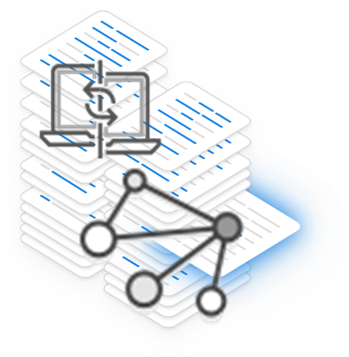AI Adoption | Use Cases and Buyers of AI
Dr. Evangelo Damigos; PhD | Head of Digital Futures Research Desk
- AI
- Sustainable Growth and Tech Trends
Publication | Update: Sep 2020


MMC Ventures published a report on AI and the highlights for Use Cases and Buyers of AI have been summarized below.
- AI adoption has tripled in 12 months- one in seven large companies has adopted AI.
- In the past 2 years, 2/3’s of large companies will have live AI initiatives.
- In the course of three years, the proportion of enterprises with AI initiatives will have grown from one in 25 to one in three.
- Globally, China leads the race for AI adoption.
- Twice as many enterprises in Asia have adopted AI, compared with companies in North America, due to government engagement, a data advantage and fewer legacy assets.
- Early adopters (financial service and high-tech companies) maintain a lead while movers (retail, healthcare and media) are rapidly catching up. Government agencies, education companies and charities are laggards in AI adoption.
- Enterprises are using multiple types of AI application, with one in ten enterprises using ten or more. The most popular use cases are chatbots, process automation solutions and fraud analytics. Natural language and computer vision AI underpin many prevalent applications as companies embrace the ability to replicate traditionally human activities in software for the first time.
- Leaders and laggards face different adoption challenges – laggards are struggling to gain leadership support for AI and to define use cases. Leaders’ difficulties, in contrast, have shifted from ‘if’ to ‘how’. Leaders are seeking to overcome the difficulty of hiring talent and address cultural resistance to AI.
- AI initiation has shifted from the C-suite to the IT department – 2 years ago, CXOs initiated two thirds of AI initiatives. In 2019, as corporate engagement with AI shifts from ‘if’ to ‘how’, the IT department is the primary driver of AI projects.
- Companies prefer to buy, not build, AI. Nearly half of companies favor buying AI solutions from third parties, while a third intend to build custom solutions.
- Workers expect AI to increase the safety, quality and speed of their work. As companies’ AI agendas shift from revenue growth to cost reduction initiatives, however, workers are concerned about job security.
76M 5G IoT connections across 40+ use cases by 2025
5G is the fifth generation of mobile communication technology and the first that is specifically designed for various vertical IoT use cases with demanding requirements, including gigabit data rates, millisecond latencies, ultra-high network reliability and massive connection density.
IoT Analytics’ recent study on 5G reveals 44 different IoT use cases and estimates these use cases will account for 76M 5G connections by 2025 . This article highlights seven of the most promising 5G use cases in IoT settings that could have the largest market potential.
5G IoT Use cases #1: Vehicle Telematics

Example of OEM vehicle telematics architecture. Image Credit: FIPA
Automotive & Transportation (A&T) is expected to be the #1 sector for adoption of 5G technologies in IoT applications.
A&T is already one of the most “IoT” mature segments that already has millions of connected cars using telematics applications such as vehicle diagnostics, location tracking and user-based insurance. These applications mostly involve the transmission of small volumes of non real-time data collected from the vehicles and today they are mostly deployed over traditional cellular (2G/3G/4G) technologies, that in general provide a satisfactory performance to handle their current communication needs.
However, the launch of 5G offers the possibility to collect more granular data in real-time about the health and performance of the vehicle and the drivers’ behavior and enable the delivery of more sophisticated services (e.g., automotive OEMs and car dealerships) and new pricing plans (e.g., insurance companies).
While LTE will likely remain the leading connectivity technology for these applications in the near future, especially with the planned switch off of 2G and 3G networks in many areas of the world, in the next few years IoT Analytics expects many vehicle telematics implementations to support both 4G and 5G connectivity, to future-proof their solution and take advantage of 5G’s enhanced capabilities where available while operators continue their progress with network roll-outs.
- Example: Harman announces the first 5G-ready car telematics solution.
5G IoT Use cases #2: In-Vehicle Infotainment

The set-up of Nissan’s filed test of its 5G- and AR-based technology for connected cars.
In-Vehicle infotainment is another relatively mature A&T application that is expected to benefit a lot from 5G connectivity. This use case involves the delivery of information and entertainment services to drivers and passengers, such as updates on the current traffic situation or weather forecasts, but also more data-intensive video and music streaming.
Compared to its major alternatives (LTE), 5G connectivity offers the ability to enhance these applications and enable new ones, such as in-car retail and marketing or even AR/VR-based navigation systems and entertainment services.
While for the next couple of years vehicle infotainment on 5G is expected to be mostly via tethered connections (e.g., using a 5G smartphone for the car connectivity), the emergence of dual mode 4G/5G solutions for connected cars over the next few years, as highlighted in the previous paragraph, will pave the way for more sophisticated in-vehicle infotainment applications.
- Example: Nissan and NTT DoCoMo test AR- and 5G-boosted driving.
5G IoT Use cases #3: Smart Grid Automation

In the energy & utilities sector, 5G’s enhanced capabilities make the technology particularly suited to the real-time management and automation of the smart electricity grid. These solutions are aimed at optimizing operations and maintenance by quickly detecting and responding to faults along the grid, but also meeting the increasingly stringent demand on their grid, driven by trends such as the integration of Distributed Energy Resources (DER) like renewables into the power grid, tighter regulations and evolving cybersecurity threats.
In particular, the integration of these DER “micro-grids” to the electricity network is quite challenging due to the high variability of their energy production, and requires real-time control and automation of the feeder line systems (i.e., what manages the feeding of the generated energy into the grid) to avoid overload and ensure system reliability, but also extensive message signaling between all the micro-grids elements.
All of these translates into strict requirements in terms of communication latency and network reliability, that today can be fully satisfied only via wired communication technologies.
As a matter of fact, most utilities today already have a power grid monitoring system in place, typically based on wired communication networks over power lines (PLC), optical fiber or copper, while wireless communications are limited to the less mission-critical applications. However, as utility operators upgrade their grids to increasingly automate operations with new sensors and control system and integrate renewable energy sources and electric vehicle charging stations, 5G is expected to be largely adopted due to its higher deployment flexibility and lower cost compared to wired alternatives, while offering a similar level of performance.
- Example: Nokia, ABB and Kalmar successfully demonstrate 5G-based URLLC for smart electricity grids.
5G IoT Use cases #4: Mobile and Collaborative Robots
A 5G-connected AGV demo from Bosch Rexroth during Hannover Messe 2019. Image credit: Next Robotics.
In the industrial sector, there is a general consensus that 5G is most relevant for connecting industrial robots with various degrees of mobility, from static collaborative robots to fully mobile robots such as autonomous guided vehicles (AGVs).
These robots have many sensors for situational awareness while technological advances are making them increasingly intelligent and able to autonomously perform various tasks, such as moving goods or carrying out repairs. As a result, they need to be able to process an increasing amount of data.
However, accommodating enough processing capabilities into these robots can be very challenging and expensive, especially for smaller robots. 5G can help solve these issues and thanks to its low latency and high reliability, 5G will make it easier to offload part (if not all) of this processing need to edge or cloud-based servers and thus minimize the hardware complexity (and cost) of the robots.
- Example: 5G Transformer project demonstrates a 5G connected cloud-based mobile robot performing warehouse operations.
- Example: Ericsson trials 5G to connect wireless production robots in Audi’s factory.
5G IoT Use cases #5: Video Surveillance
The 5G-based video surveillance set-up by Samsung and KDDI at the Haneda Airport International Terminal in Ota, Tokyo. Image credit: Samsung.
Video surveillance and analytics is another application that is expected to thrive with 5G connectivity. Due to the increasing threats to public safety in recent years, many governments and municipalities around the world are investing in public surveillance and security systems, and the trend is expected to accelerate in the future.
Today, the majority of public video surveillance systems still rely on wired connectivity, but the adoption of wireless communications such as Wi-Fi or cellular is gaining popularity due to an easier and faster set-up and generally lower cost compared to wired networks. While Wi-Fi is the preferred method in static CCTV systems, cellular connectivity, in particular LTE, is more popular for temporary static installations (e.g., construction sites, public events such as concerts, festivals, election rallies, etc.) and in mobile video surveillance (e.g., cameras installed on vehicles such as police cars, public transport, and surveillance drones or body-worn by law officers).
While LTE networks offer a decent level of performance for remote access to live and recorded HD video, the adoption of 5G will provide the performance boost required for more sophisticated video content analytics in real-time and the deployment of massive numbers of cameras.
- Example: Samsung and KDDI demonstrate demonstrate real-time transmission of UHD surveillance video via 5G.
5G IoT Use cases #6 & #7: Cooperative Intelligent Mobility

On the mid-long term, the largest impact that 5G is expected to have in the A&T sector is to enable the sharing of real-time information about traffic and road conditions among cars and other road users.
These new cooperative mobility and driver assistance services are for both for private and public transportation (represented by two different bubbles in Exhibit 1, respectively by cooperative mobility for private and intelligent urban mobility for public transport). This requires the build-up of a 5G-based V2X (Vehicle-to-Everything) infrastructure made of roadside sensors and V2X base stations, in addition to 5G communication devices into vehicles and other road users (e.g., pedestrians, cyclists, etc.).
By analyzing real-time traffic data collected from the roadside infrastructure and the vehicles on the road, such Intelligent Transportation Systems would be able to timely warn drivers about hazardous road conditions, traffic blocks and impending safety-critical situations ahead, increasing road safety and traffic efficiency.
Currently, cellular-based V2X communications are supported on LTE networks as part of the 3GPP Rel-14 & 15, while 5G-based V2X will be introduced as part of 3GPP Rel-16 set to be released in 2020.
- Example: SK Telecom is building a 5G-enabled intelligent transportation system in Seoul.

IoT Analytics’ estimates the global installed base of 5G connected devices (both IoT and non-IoT) to reach 1.2B by 2025.
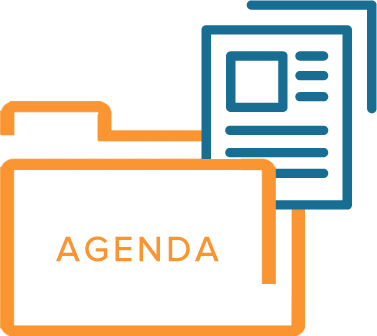 Digital Themes: AI, Sustainable Growth and Tech Trends
Digital Themes: AI, Sustainable Growth and Tech Trends

HTML
 Access Rights | Content Availability:
Access Rights | Content Availability: 
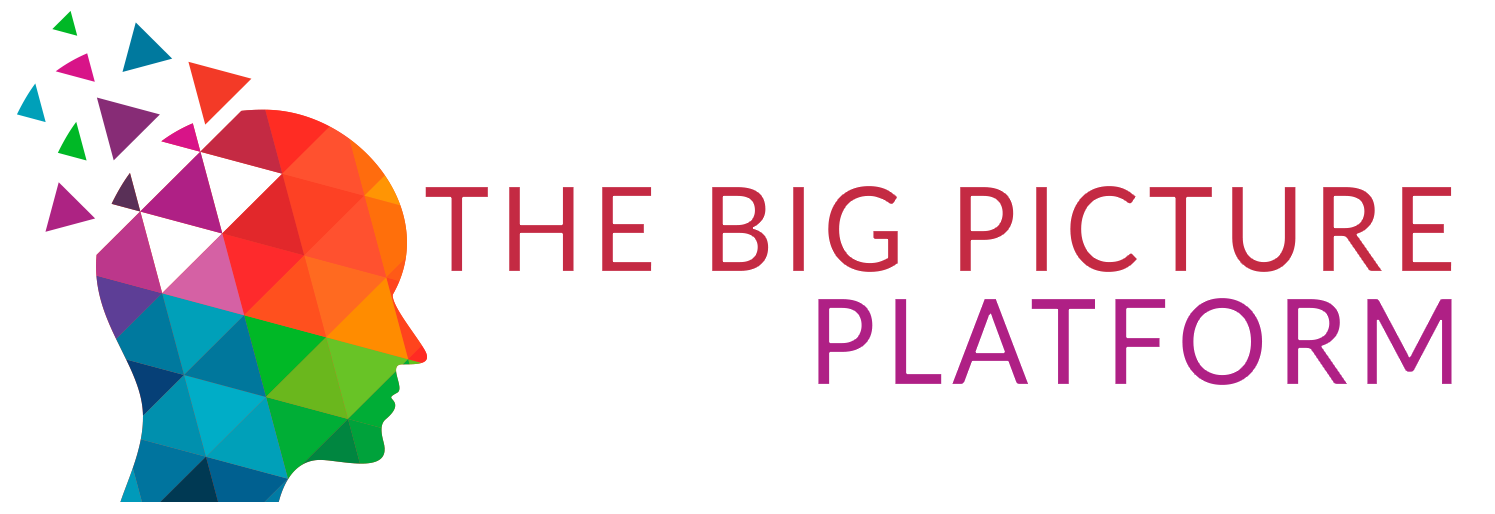

Objectives and Study Scope
This study has assimilated knowledge and insight from business and subject-matter experts, and from a broad spectrum of market initiatives. Building on this research, the objectives of this market research report is to provide actionable intelligence on opportunities alongside the market size of various segments, as well as fact-based information on key factors influencing the market- growth drivers, industry-specific challenges and other critical issues in terms of detailed analysis and impact.
The report in its entirety provides a comprehensive overview of the current global condition, as well as notable opportunities and challenges.
The analysis reflects market size, latest trends, growth drivers, threats, opportunities, as well as key market segments. The study addresses market dynamics in several geographic segments along with market analysis for the current market environment and future scenario over the forecast period.
The report also segments the market into various categories based on the product, end user, application, type, and region.
The report also studies various growth drivers and restraints impacting the market, plus a comprehensive market and vendor landscape in addition to a SWOT analysis of the key players.
This analysis also examines the competitive landscape within each market. Market factors are assessed by examining barriers to entry and market opportunities. Strategies adopted by key players including recent developments, new product launches, merger and acquisitions, and other insightful updates are provided.
Research Process & Methodology

We leverage extensive primary research, our contact database, knowledge of companies and industry relationships, patent and academic journal searches, and Institutes and University associate links to frame a strong visibility in the markets and technologies we cover.
We draw on available data sources and methods to profile developments. We use computerised data mining methods and analytical techniques, including cluster and regression modelling, to identify patterns from publicly available online information on enterprise web sites.
Historical, qualitative and quantitative information is obtained principally from confidential and proprietary sources, professional network, annual reports, investor relationship presentations, and expert interviews, about key factors, such as recent trends in industry performance and identify factors underlying those trends - drivers, restraints, opportunities, and challenges influencing the growth of the market, for both, the supply and demand sides.
In addition to our own desk research, various secondary sources, such as Hoovers, Dun & Bradstreet, Bloomberg BusinessWeek, Statista, are referred to identify key players in the industry, supply chain and market size, percentage shares, splits, and breakdowns into segments and subsegments with respect to individual growth trends, prospects, and contribution to the total market.
Research Portfolio Sources:
Global Business Reviews, Research Papers, Commentary & Strategy Reports
M&A and Risk Management | Regulation

The future outlook “forecast” is based on a set of statistical methods such as regression analysis, industry specific drivers as well as analyst evaluations, as well as analysis of the trends that influence economic outcomes and business decision making.
The Global Economic Model is covering the political environment, the macroeconomic environment, market opportunities, policy towards free enterprise and competition, policy towards foreign investment, foreign trade and exchange controls, taxes,
financing, the labour market and infrastructure.
We aim update our market forecast to include the latest market developments and trends.
Review of independent forecasts for the main macroeconomic variables by the following organizations provide a holistic overview of the range of alternative opinions:
As a result, the reported forecasts derive from different forecasters and may not represent the view of any one forecaster over the whole of the forecast period. These projections provide an indication of what is, in our view most likely to happen, not what it will definitely happen.
Short- and medium-term forecasts are based on a “demand-side” forecasting framework, under the assumption that supply adjusts to meet demand either directly through changes in output or through the depletion of inventories.
Long-term projections rely on a supply-side framework, in which output is determined by the availability of labour and capital equipment and the growth in productivity.
Long-term growth prospects, are impacted by factors including the workforce capabilities, the openness of the economy to trade, the legal framework, fiscal policy, the degree of government regulation.
Direct contribution to GDP
The method for calculating the direct contribution of an industry to GDP, is to measure its ‘gross value added’ (GVA); that is, to calculate the difference between the industry’s total pretax revenue and its total boughtin costs (costs excluding wages and salaries).
Forecasts of GDP growth: GDP = CN+IN+GS+NEX
GDP growth estimates take into account:

Market Quantification
All relevant markets are quantified utilizing revenue figures for the forecast period. The Compound Annual Growth Rate (CAGR) within each segment is used to measure growth and to extrapolate data when figures are not publicly available.
Revenues
Our market segments reflect major categories and subcategories of the global market, followed by an analysis of statistical data covering national spending and international trade relations and patterns. Market values reflect revenues paid by the final customer / end user to vendors and service providers either directly or through distribution channels, excluding VAT. Local currencies are converted to USD using the yearly average exchange rates of local currencies to the USD for the respective year as provided by the IMF World Economic Outlook Database.
Industry Life Cycle Market Phase
Market phase is determined using factors in the Industry Life Cycle model. The adapted market phase definitions are as follows:

The Global Economic Model
The Global Economic Model brings together macroeconomic and sectoral forecasts for quantifying the key relationships.
The model is a hybrid statistical model that uses macroeconomic variables and inter-industry linkages to forecast sectoral output. The model is used to forecast not just output, but prices, wages, employment and investment. The principal variables driving the industry model are the components of final demand, which directly or indirectly determine the demand facing each industry. However, other macroeconomic assumptions — in particular exchange rates, as well as world commodity prices — also enter into the equation, as well as other industry specific factors that have been or are expected to impact.
Forecasts of GDP growth per capita based on these factors can then be combined with demographic projections to give forecasts for overall GDP growth.
Wherever possible, publicly available data from official sources are used for the latest available year. Qualitative indicators are normalised (on the basis of: Normalised x = (x - Min(x)) / (Max(x) - Min(x)) where Min(x) and Max(x) are, the lowest and highest values for any given indicator respectively) and then aggregated across categories to enable an overall comparison. The normalised value is then transformed into a positive number on a scale of 0 to 100. The weighting assigned to each indicator can be changed to reflect different assumptions about their relative importance.

The principal explanatory variable in each industry’s output equation is the Total Demand variable, encompassing exogenous macroeconomic assumptions, consumer spending and investment, and intermediate demand for goods and services by sectors of the economy for use as inputs in the production of their own goods and services.
Elasticities
Elasticity measures the response of one economic variable to a change in another economic variable, whether the good or service is demanded as an input into a final product or whether it is the final product, and provides insight into the proportional impact of different economic actions and policy decisions.
Demand elasticities measure the change in the quantity demanded of a particular good or service as a result of changes to other economic variables, such as its own price, the price of competing or complementary goods and services, income levels, taxes.
Demand elasticities can be influenced by several factors. Each of these factors, along with the specific characteristics of the product, will interact to determine its overall responsiveness of demand to changes in prices and incomes.
The individual characteristics of a good or service will have an impact, but there are also a number of general factors that will typically affect the sensitivity of demand, such as the availability of substitutes, whereby the elasticity is typically higher the greater the number of available substitutes, as consumers can easily switch between different products.
The degree of necessity. Luxury products and habit forming ones, typically have a higher elasticity.
Proportion of the budget consumed by the item. Products that consume a large portion of the
consumer’s budget tend to have greater elasticity.
Elasticities tend to be greater over the long run because consumers have more time to adjust their behaviour.
Finally, if the product or service is an input into a final product then the price elasticity will depend on the price elasticity of the final product, its cost share in the production costs, and the availability of substitutes for that good or service.
Prices
Prices are also forecast using an input-output framework. Input costs have two components; labour costs are driven by wages, while intermediate costs are computed as an input-output weighted aggregate of input sectors’ prices. Employment is a function of output and real sectoral wages, that are forecast as a function of whole economy growth in wages. Investment is forecast as a function of output and aggregate level business investment.

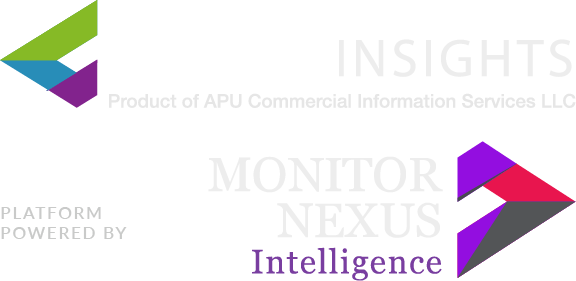

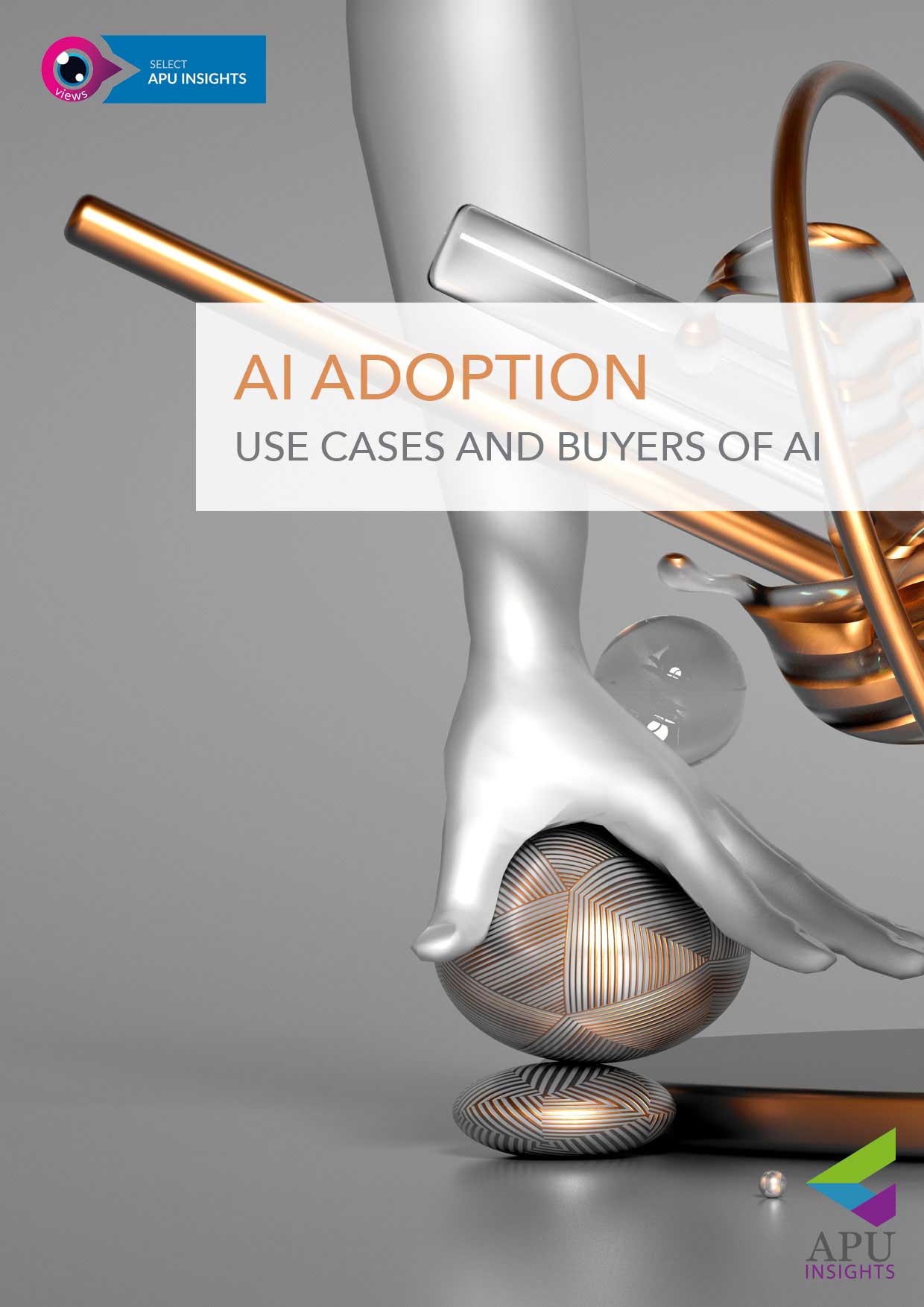
 Industry: Information, Communication, Technology ICT
Industry: Information, Communication, Technology ICT 